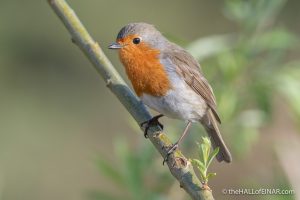10 things I wish I didn’t know about Robins
1. One and a half million Robins are killed by cats in the UK every year
That’s a statistic based upon a sample of cat owners, scaled up by the population of domestic cats. Desperate, isn’t it, when a bell on a cat’s collar could make such a difference?
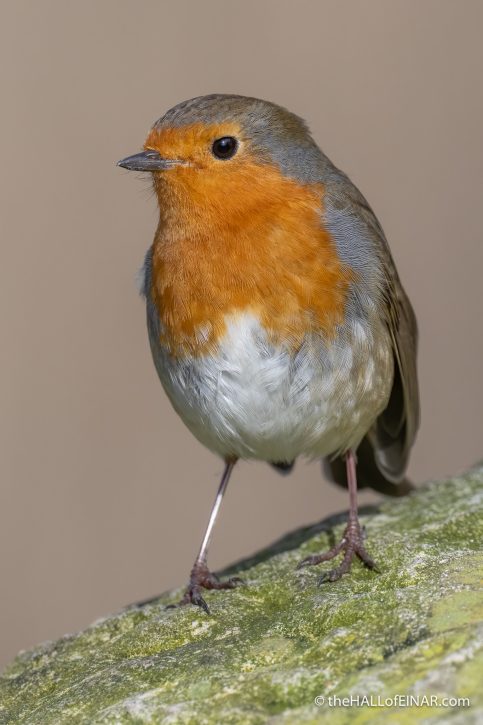
2. Males drive the females away
Robins are fiercely territorial and maintain territories during the winter. Males accept a female in their territories during the breeding season and drive them away in the winter; apart from some female birds which maintain their territories against all-comers, including the neighbouring males. I hear cheers all round for those females.
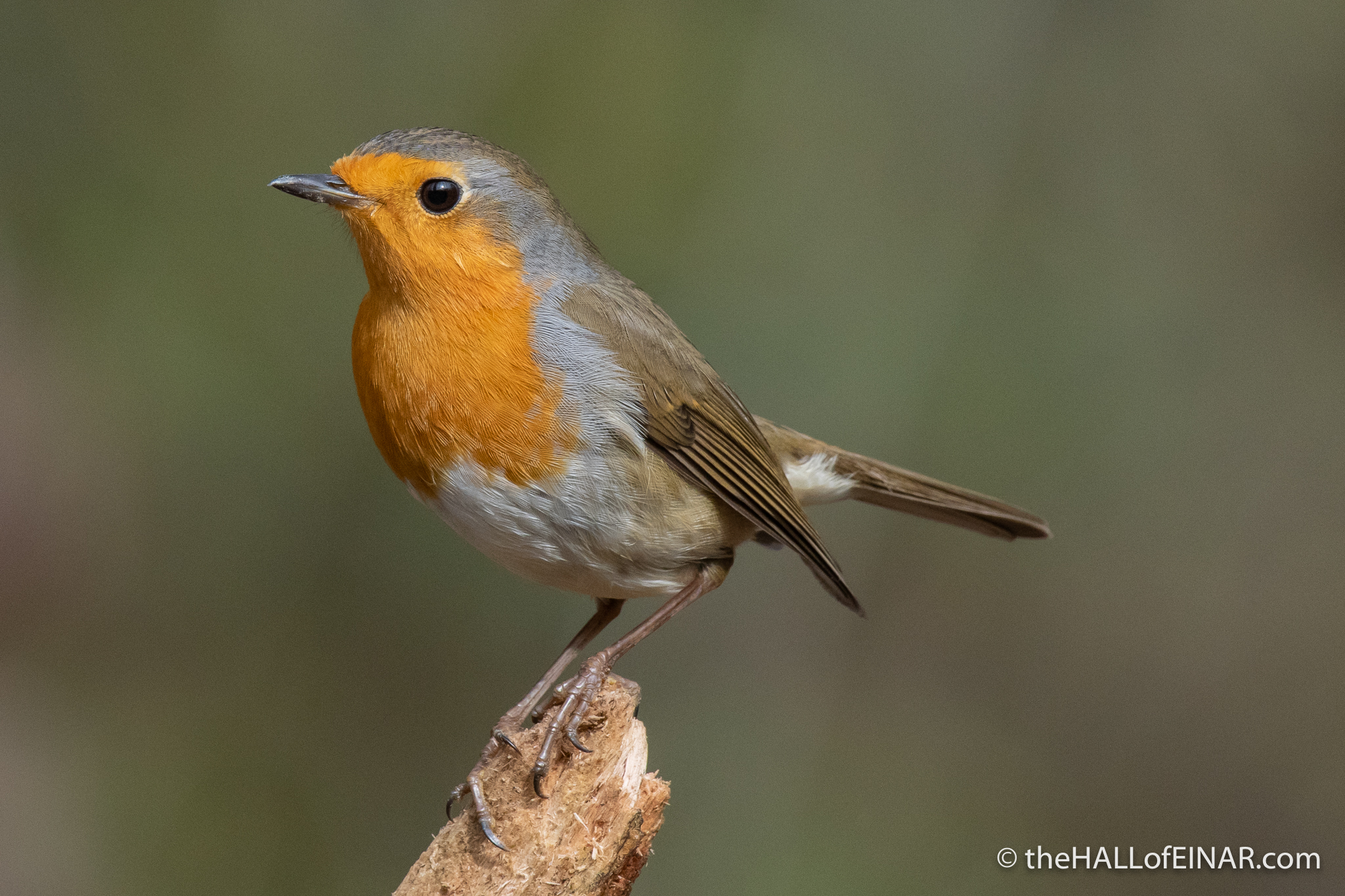
3. Who killed Cock Robin?
Landowners, that’s who. The Wildlife and Countryside Act 1981 is the primary legislation which protects animals, plants and habitats from poor people in the UK. From poor people? Yes. If you own the land you are given permission to kill an unlimited number of individuals of a large number of different species. It’s said that you need a Licence under the Act, but get this; it’s a licence you don’t have to even apply for, as long as you’re a rich landowner.
If you’re poor and kill or trap a wild bird or take its egg you may face an unlimited fine or six months in jail. If you’re rich, you’re issued with a free licence to do it to many species without even having to apply. There isn’t even a requirement to record the number of birds you kill or nests you destroy. After all, rich people wouldn’t want to do paperwork or be accountable to anyone else for their actions, would they?
In England, Natural England, the body that advises the government on the natural environment, made the case for allowing people to destroy Robin’s nests and remove their eggs, amid growing concerns that they threaten health and safety. Now, that’s health and safety gone mad.
Natural England is the Government’s adviser for the natural environment in England. “…helping to protect England’s nature and landscapes for people to enjoy and for the services they provide.”
Note that their only interest is in the enjoyment people have from nature or the services that nature provides to people. There’s nothing of nature’s inalienable right to exist without let or hindrance, free from exploitation.
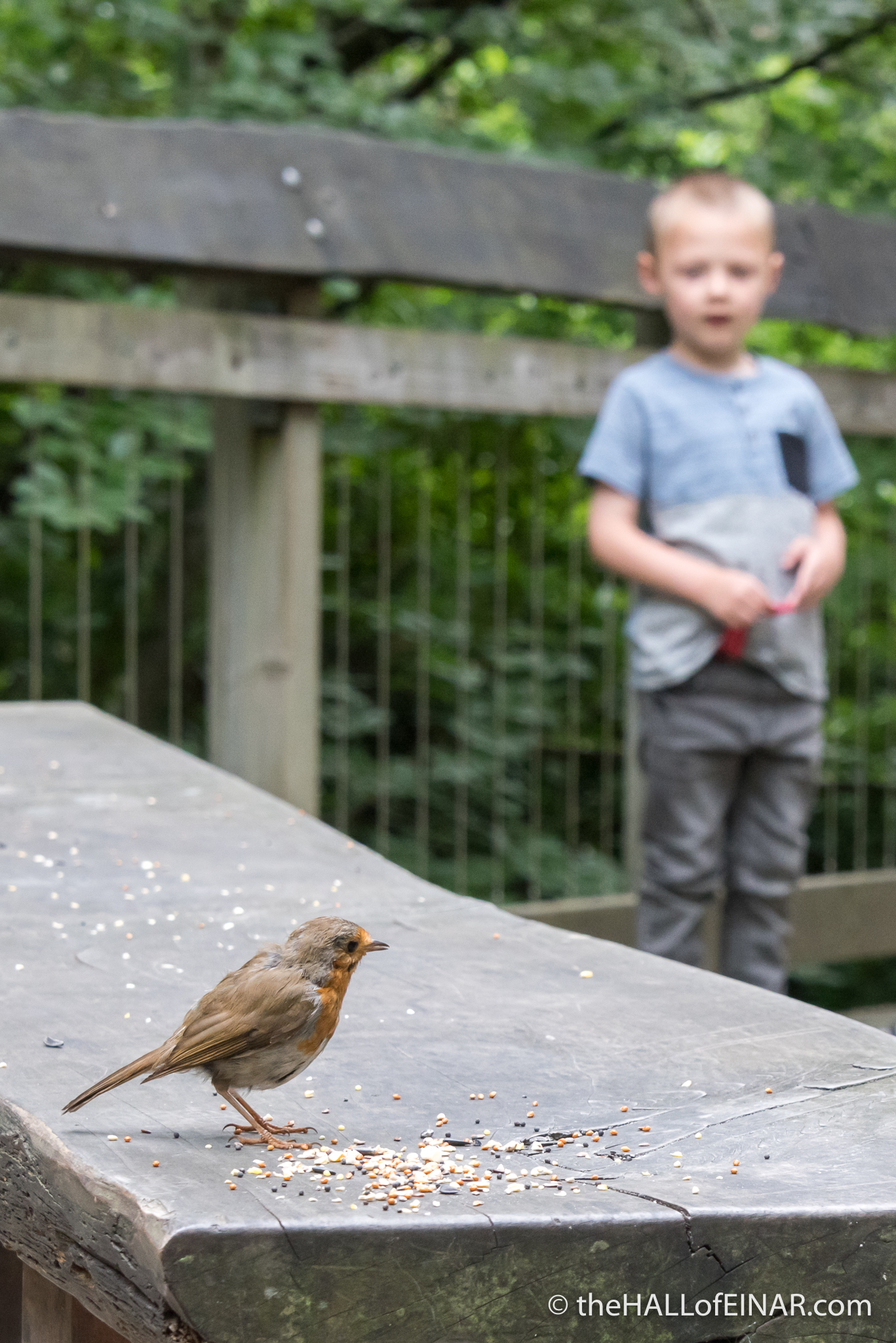
4. They were the height of fashion for Victorian-era ladies hats
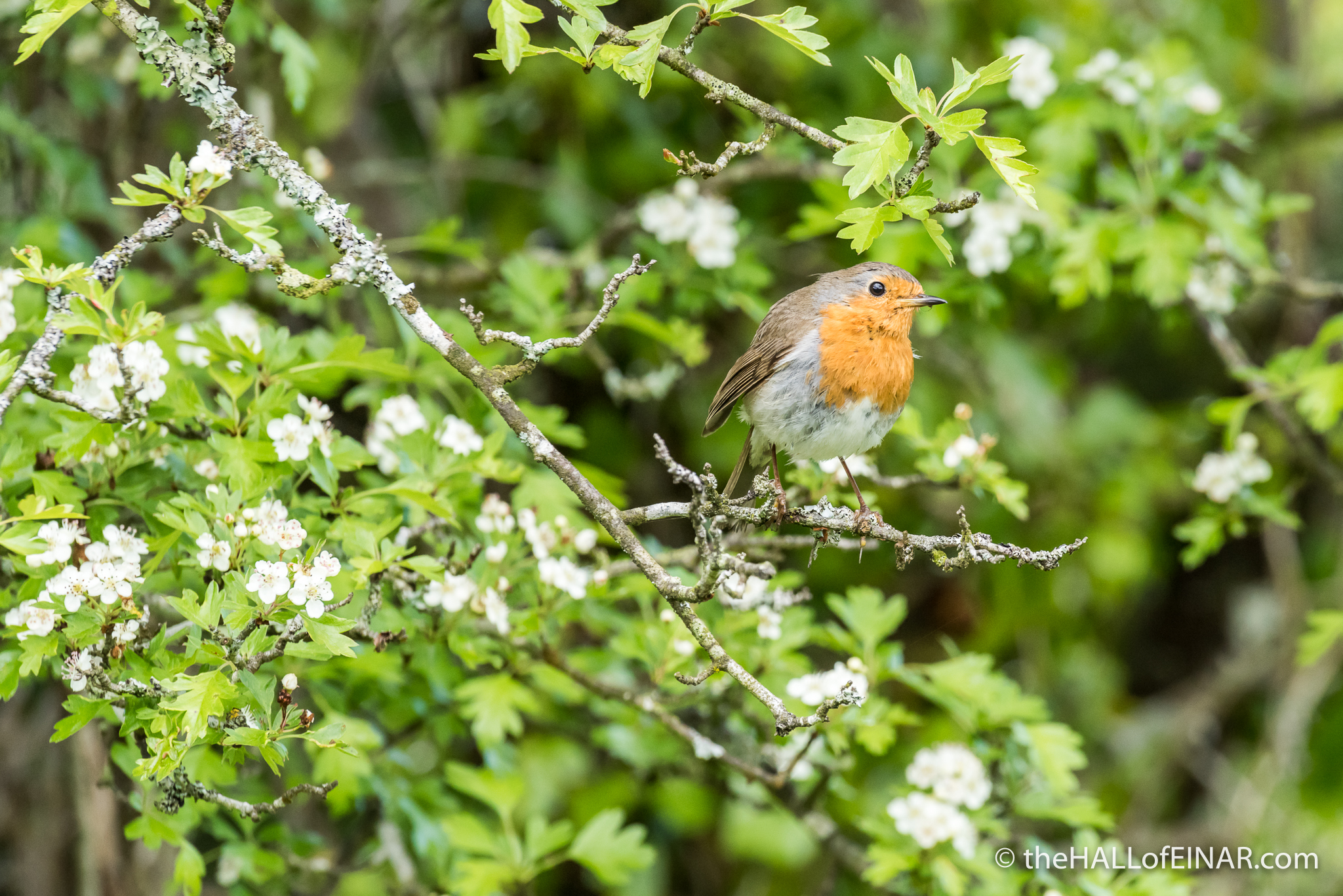
William Blake had it right:
"A Robin Redbreast in a Cage
Puts all Heaven in a Rage."
Hats and train travel caused industrial-scale savagery in the slaughter of birds for the Victorian fashion industry. Wearing a dead robin on your head was the height of fashion in our recent primitive past.
5. They have brief lives
The Robin has an average lifespan of 13 months. That’s skewed by the high infant mortality. If they survive, they can live much longer than that.
Bird Z 364896 from the Czech Republic lived 19 years and 4 months before it was found dead. The notes on Euring say it was ‘fresh’. Another European Robin from Poland, HA 240125, lived 17 years and 3 months. Its notes say ‘Killed by man’.
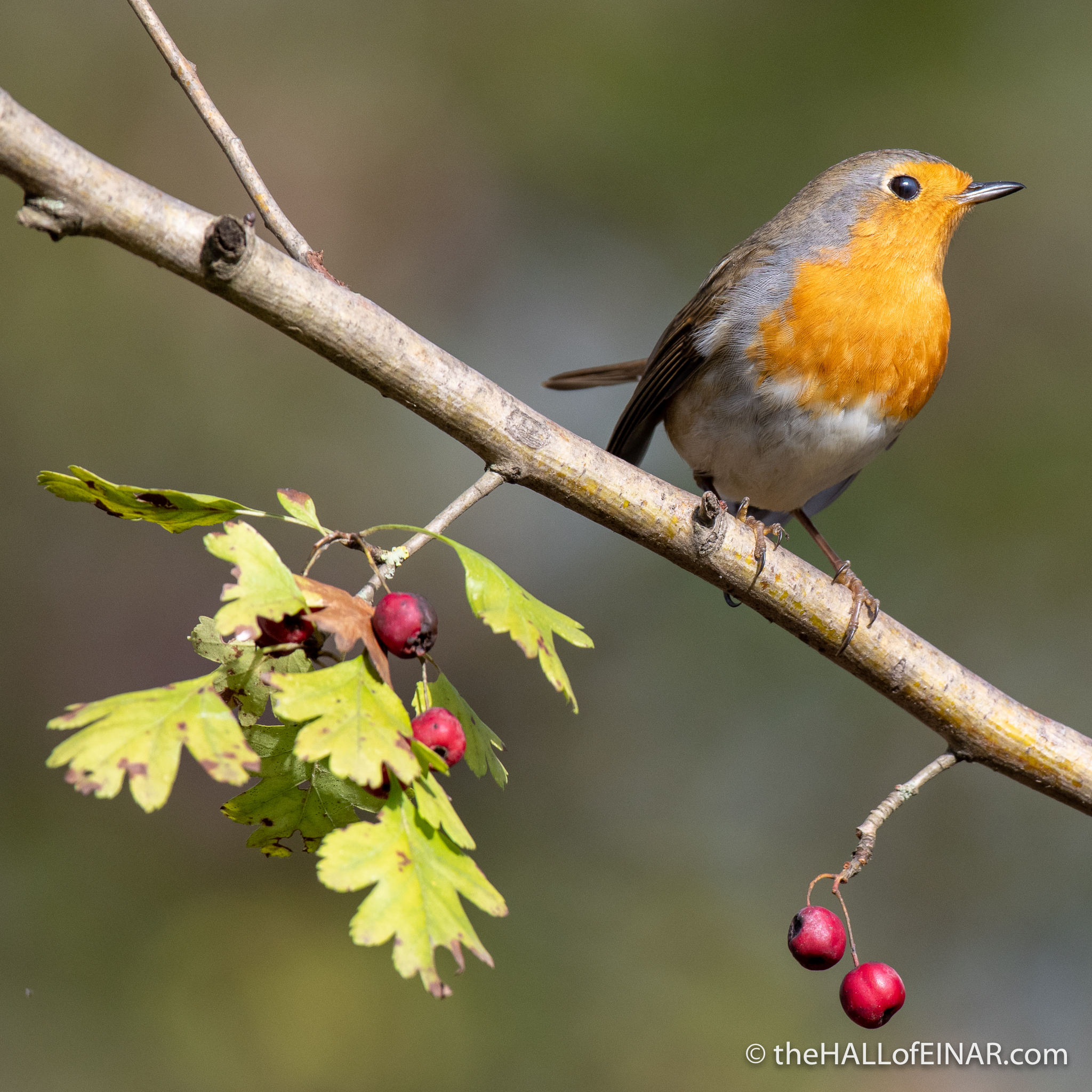
6. They can’t hear themselves sing over the noise of the city
Bird song is becoming simpler, louder and more shrill in cities. Robins are having to alter their songs just to be heard above the din made by people, both day and night. The increase in decibels of the Robin’s song takes a great effort. It’s like the effort it takes to shout to your friends over the noise of the band you’ve paid £50 for a concert ticket to see. The noise also destroys all the nuances of communication; the romance, the poetry and the subtlety are all reduced to the equivalent of “Wanna drink?”
They stand a chance of a serious vocal injury after a night of shouting. They sound as rough as me after a night with my friends in a noisy pub. And that’s without the alcohol.
7. Robins are killers
Red on red violence is a thing. The chance of a Robin breeding and passing on its genes is directly related to its ability to maintain access to food in a territory. Something like 10% of mortality is due to red on red violence. Pecking the nape of the neck to sever the spinal chord is a speciality.
Cute, aren’t they?
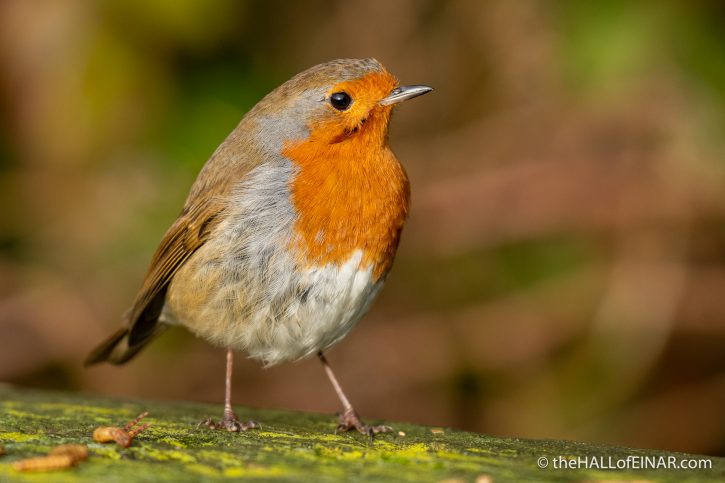
8. Climate change will harm them
The date of laying of the first Robin’s egg of the year in the UK has become earlier by eight days in the last fifty years. That’s a huge change. Despite corrupt liars, being paid by fossil fuel companies, acting as if the science of climate breakdown is something that’s it’s possible to either believe or not believe in, people are changing the climate. Burning of fossil fuels, building using concrete, and farming of animals are all adding to our current human-made climate breakdown. Early springs and later autumns mean shorter winters and longer summer breeding seasons, so that should be good for Robins. However, that’s coupled with the increased unpredictability of unseasonably wet or dry or cold or hot weather. Any of those occurring in the critical few weeks when chicks are being reared could mean the failure of the entire brood.
Climate chaos will have unpredictable results on all species, including us.
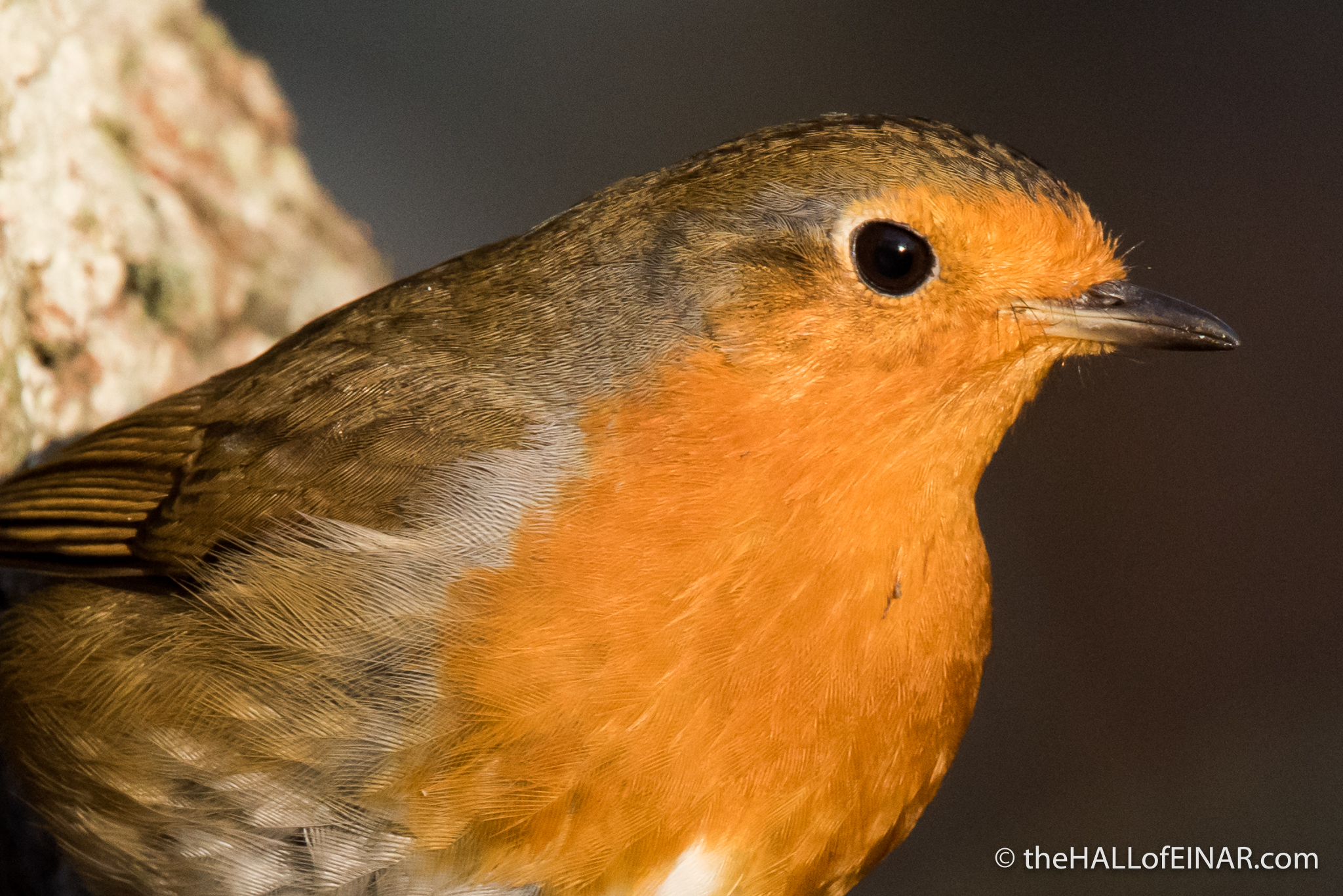
9. Colonial introductions by acclimatisation societies didn’t survive
European people weren’t content with killing and enslaving millions of native peoples throughout the world, they also introduced many species from home. Some of those introductions were accidental, like rats. Others were commercial, such as cows and sheep. Some, however, were deliberate attempts to spread the species of home across the world with devastating effects. When I went to Washington DC the main bird life was House Sparrows, Starlings and Feral Pigeons. Eugene Schieffelin introduced Starlings into the USA in 1890 as part of a plan to introduce all the birds mentioned in Shakespeare. It’s been a disaster.
Acclimatisation societies attempted to introduce the European Robin into Australia, New Zealand and the USA several times in the 19th Century. All the birds died.
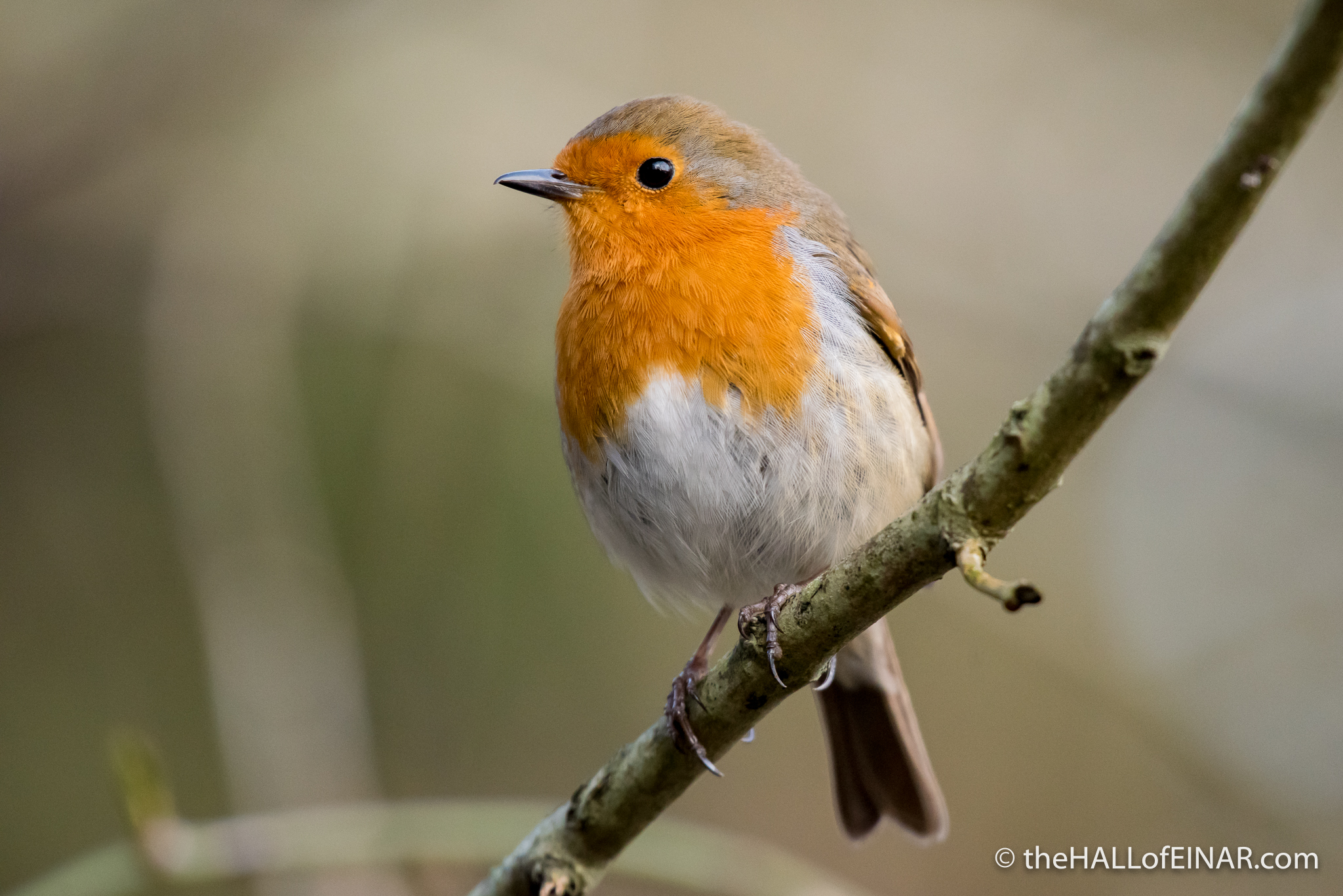
10. They think humans are pigs
Robins are keen on human company in the UK. That’s not the case in many areas in mainland Europe. There, they are secretive woodland birds and rarely confiding. That’s quite possibly because Robins have been denied the company of their natural companions; Wild Boar. Robins are keen on following Wild Boar through the forest and helping themselves to invertebrates the Boar root out. In the UK they have to follow gardeners. If you ever think that Robins are being friendly, they aren’t; they think you’re a pig.
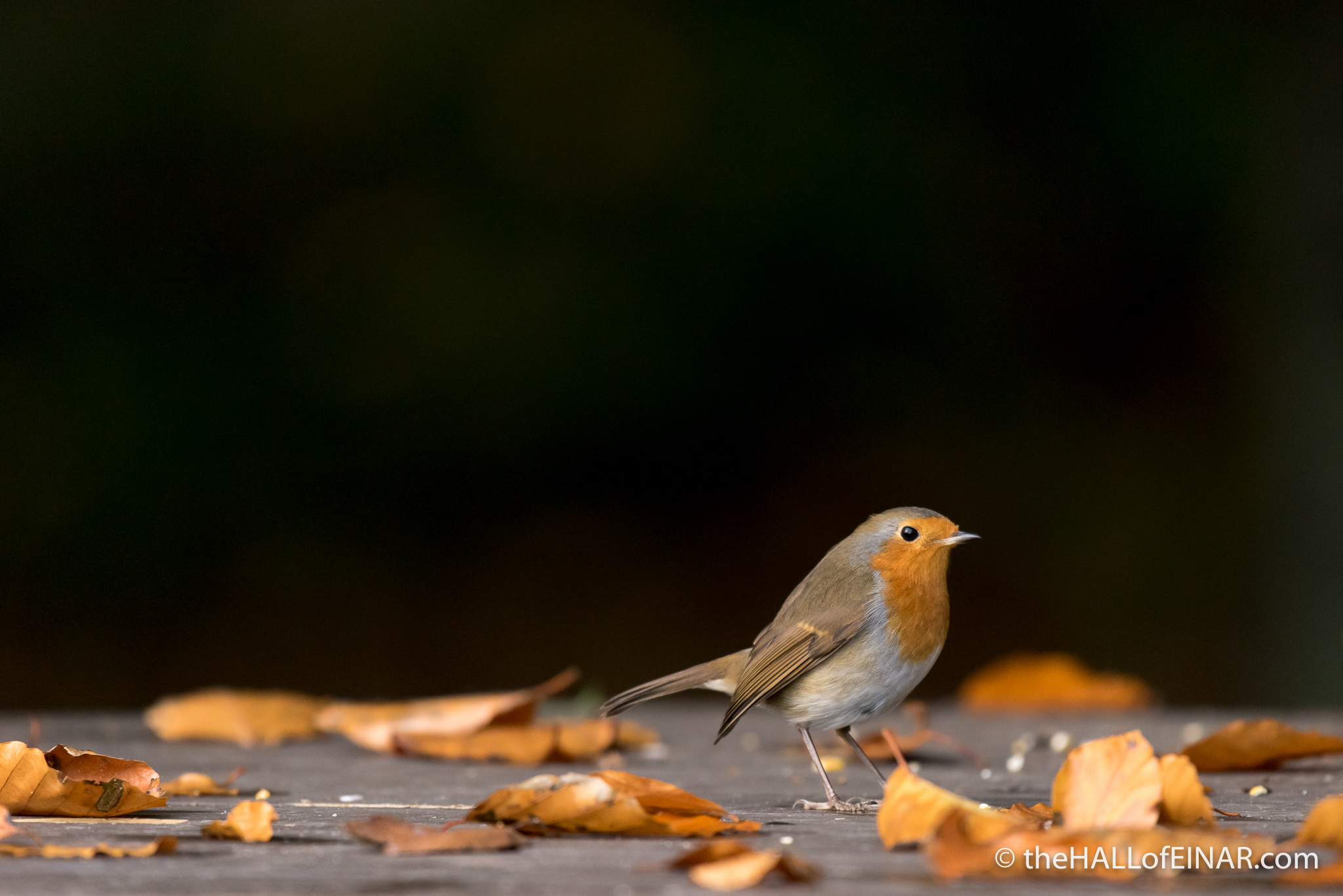
That’s it! Ten things I wish I didn’t know about Robins. I hope you’ve enjoyed this year of blogs from me. It’s been great fun to share my photos and thoughts on the natural world. See you soon. Have a lovely break if you have some time off.
Here’s to family, friends and the natural world.
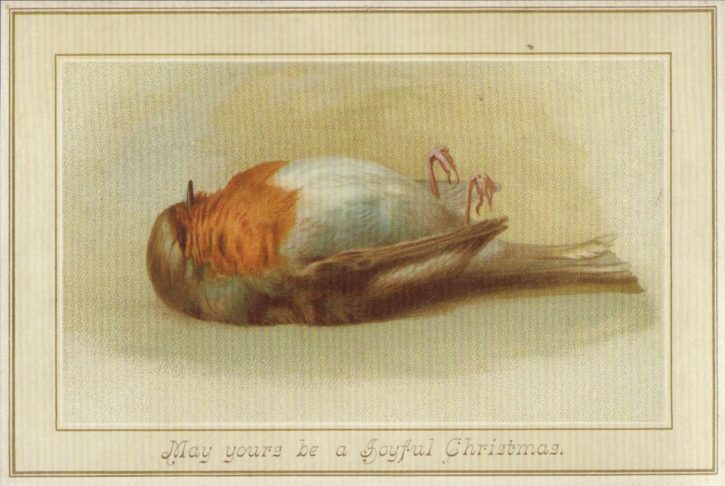
More European Robins
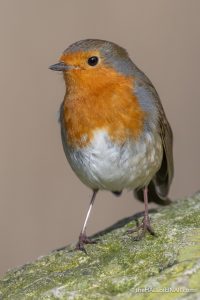 Robert The white spot in the centre of the Robin's breast is so intense, it's often blown-out in photographs. If it's… read more
Robert The white spot in the centre of the Robin's breast is so intense, it's often blown-out in photographs. If it's… read more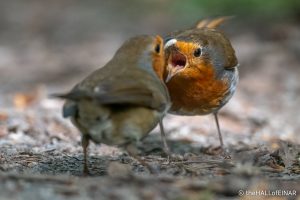 Feeding your pregnant partner It's a lot of effort eating for two. This female Robin is being fed by her mate so she can… read more
Feeding your pregnant partner It's a lot of effort eating for two. This female Robin is being fed by her mate so she can… read more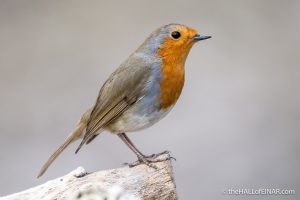 Pettirosso The name of the European Robin in Italian is il pettirosso. It means Red Breast. The scientific name of the Robin… read more
Pettirosso The name of the European Robin in Italian is il pettirosso. It means Red Breast. The scientific name of the Robin… read more Robert There's a beautiful Robin (short for Robert) close by. In my photographs I'm looking for a combination of a wonderful… read more
Robert There's a beautiful Robin (short for Robert) close by. In my photographs I'm looking for a combination of a wonderful… read more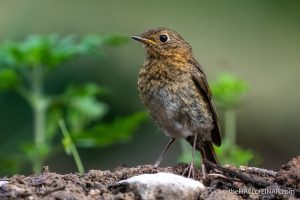 Juvenile Robin and adult bath time Robins are one of my favourite birds. I don't care about seeing rarities, or collecting a large list of species,… read more
Juvenile Robin and adult bath time Robins are one of my favourite birds. I don't care about seeing rarities, or collecting a large list of species,… read more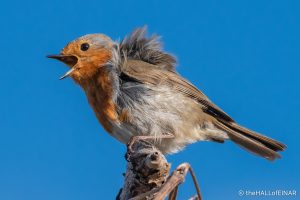 Joy, unconfined Robins don't just sing in spring, but when they do it really is a fantastic symbolic moment. Here's one giving… read more
Joy, unconfined Robins don't just sing in spring, but when they do it really is a fantastic symbolic moment. Here's one giving… read more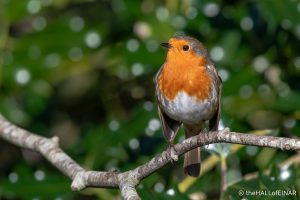 Robin with sparkles This Robin is having a quiet wing-droop moment on a branch in front of a Holly bush. The out-of-focus highlights… read more
Robin with sparkles This Robin is having a quiet wing-droop moment on a branch in front of a Holly bush. The out-of-focus highlights… read more